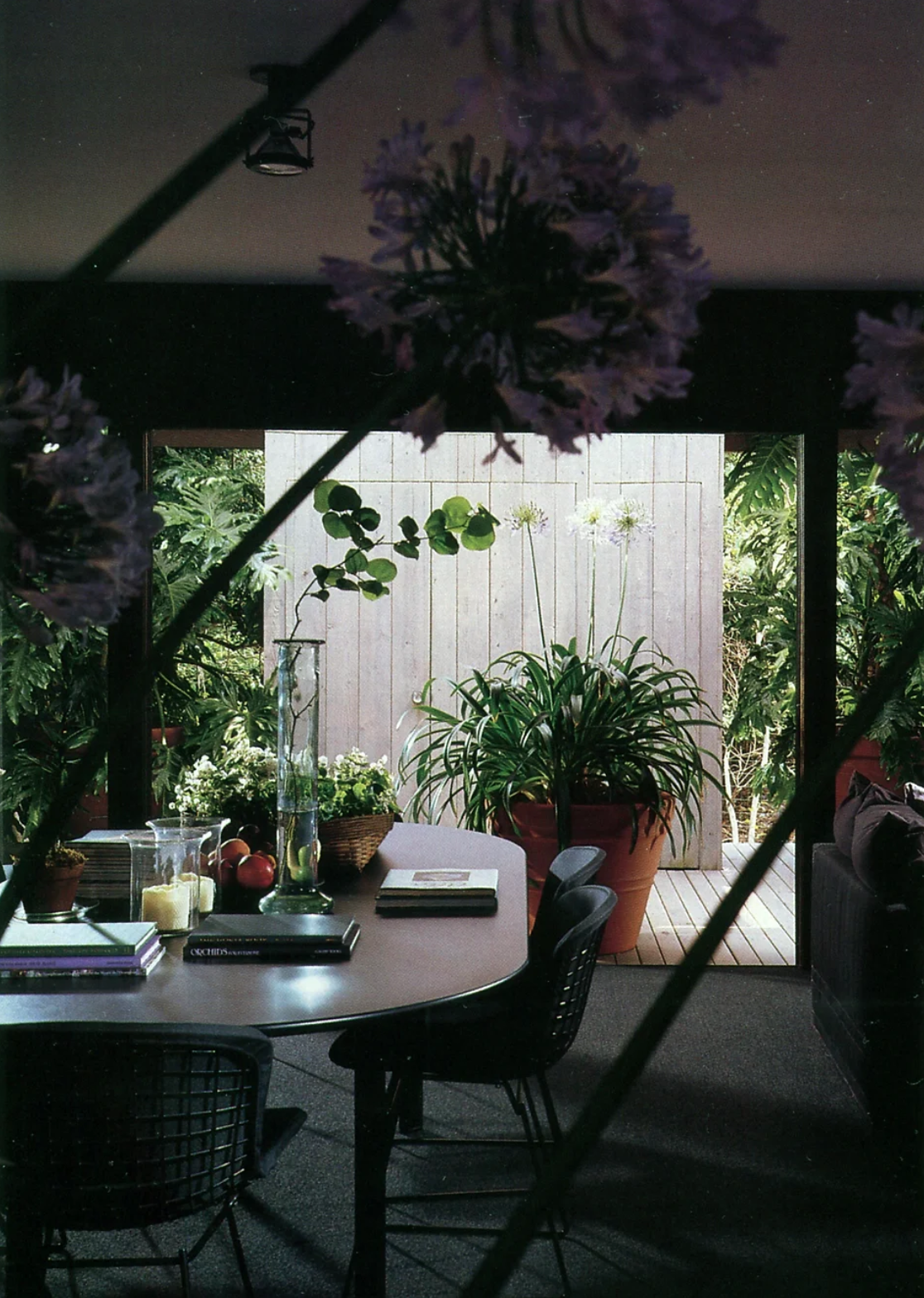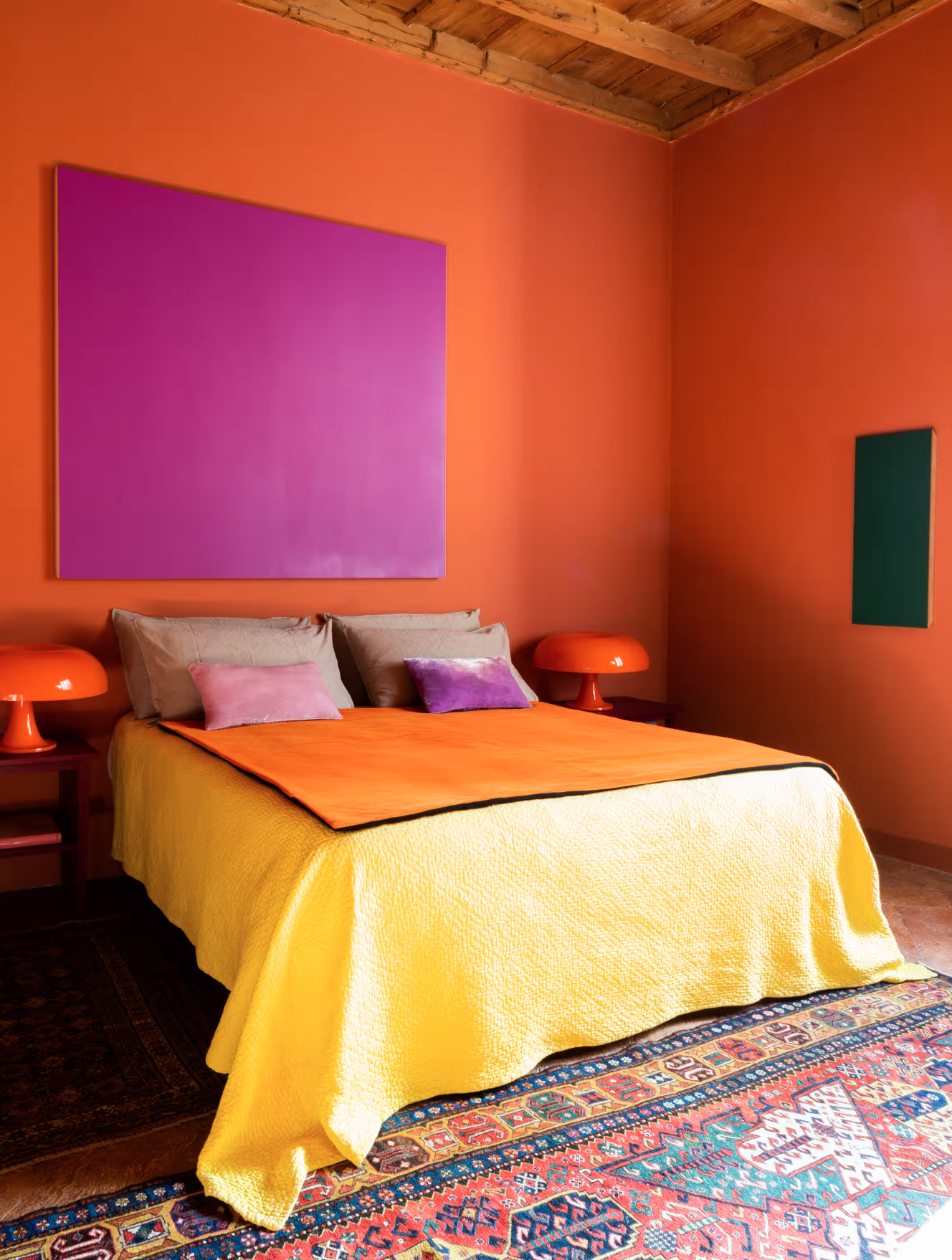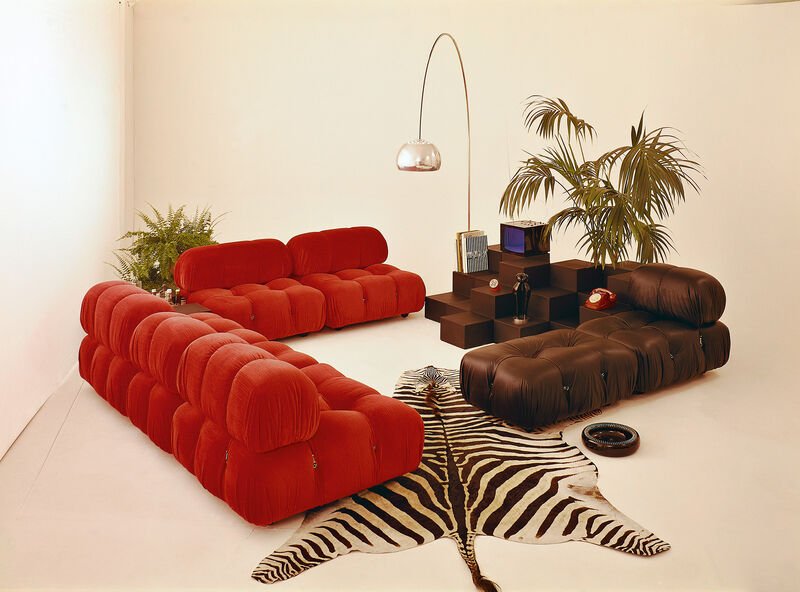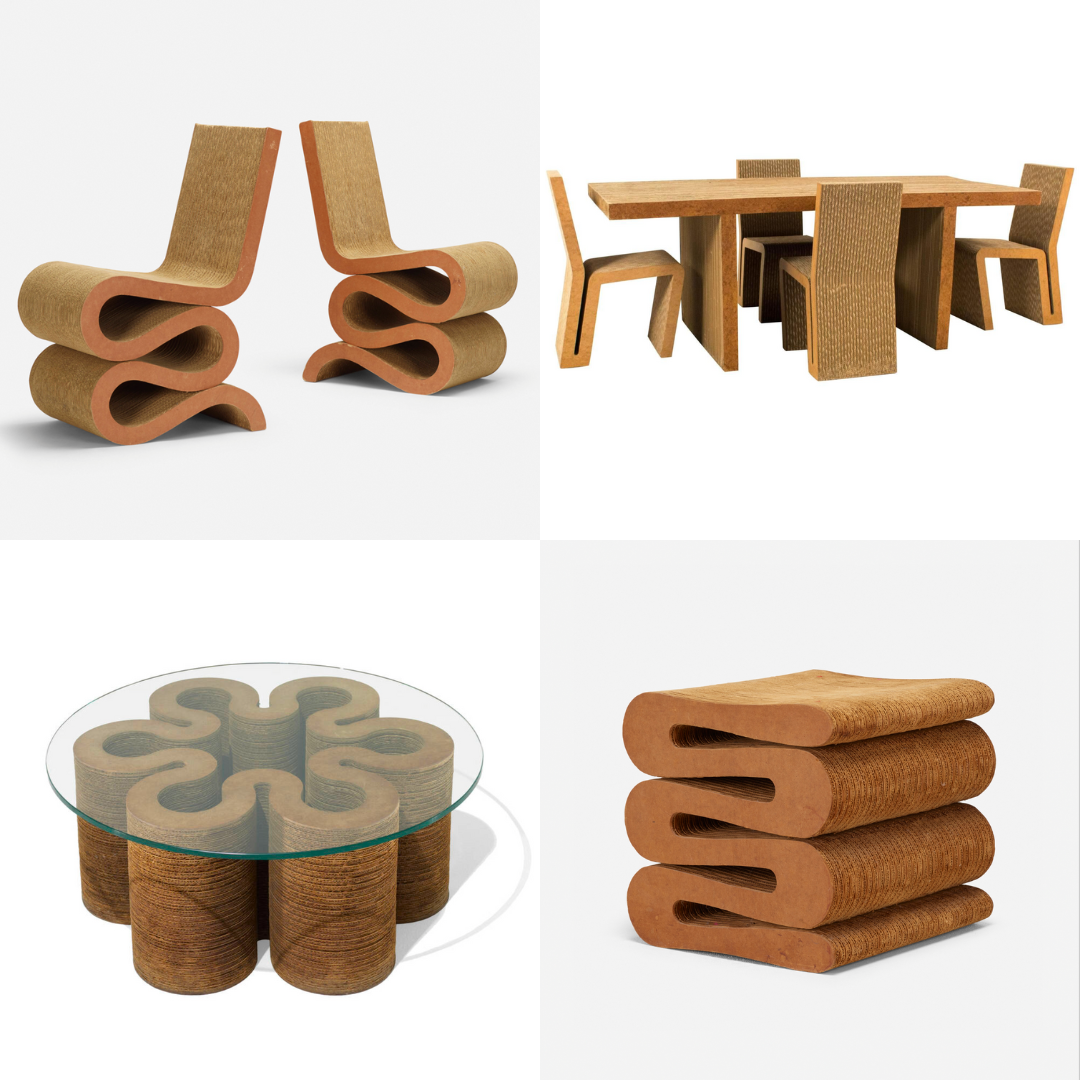Fire Island Pines Architecture
Known for its mid-century architecture, Fire Island Pines also has a unique past serving as a haven for tastemakers in the 1960s and 70s. Many do not know that it also holds a history and culture for a generation that faced a “dark age” when AIDS took a horrendous toll on the local population.
Huge shoutout to Christopher Rawlins from Pines Modern and Timothy Godbold, interior designer and owner of Hamptons 20th Century Modern for their excellent work, sharing the history and the homes within Fire Island Pines. Many of the information here is due to their efforts. Enjoy!
556 Ocean Walk by architect Horace Gifford, 1969
274 Bay Walk by Harry Bates, 1967
547 Beachcomber Walk by Andrew Geller, 1958-61. Restoration by Larson and Paul Architects, 2006.
600D Seaview Walk by James Mcleod, 1976
566-67 Driftwood Walk by Horace Gifford, 1972. Addition in 1980.
196 Midway Walk by unknown architect. Renovation by Bromley Caldari Architects.
252 Bay Walk by Horace Gifford, 1972-75. Addition in 1977.
529 Sail Walk by Horace Gifford, 1975
523 Snapper Walk by Horace Gifford, 1965
471 Fire Island Blvd by unknown architect. Interior design by Bray-Schaible, c. 1980.
443 Sail Walk by Julio Kaufman, 1960. Renovation by H3 Architecture in 2004.
519 Porgie Walk by Horace Gifford, 1963. Restoration and addition by Bromley Caldari Architects PC, 1983.
4 Ocean Walk by Peter Asher, 1968-69, 1980
482 Tarpol Walk by Horrace Gifford, 1965
557 Ocean Walk by Arthur Erickson, 1977. Interior design by Francisco Kripacz.
607A Shore Walk by Horace Gifford, 1972-74. Décor by Vincent Fourcade and Robert Denning.
DISCLAIMER: THE MILLIE VINTAGE DOES NOT OWN ANY RIGHTS TO THESE PHOTOS. PLEASE NOTE THAT ALL IMAGES AND COPYRIGHT BELONGS TO THE ORIGINAL OWNERS. NO COPYRIGHT INFRINGEMENT INTENDED.
MORE LIKE THIS
The Gehry Residence in Santa Monica, California, is one of the most famous examples of architect Frank Gehry's deconstructivist style.
The same year the man landed on the moon, architect Maurice Medcalfe designed The Bubble House. Located at East 71st Street in the Upper East Side…
Villa Sayer in Normandy is another significant residential project designed by Marcel Breuer in the 1970s. It represents Breuer’s exploration of modernist design principles in the context of a more rural, French setting.
Bennett himself referred to the building as a “Manhattan A-frame.” The historic Dakota was constructed between 1880 and 1884 and was added to the National Register of Historic Places in 1972.
The Château La Coste exhibition lies within the Oscar Niemeyer Auditorium. Paulin’s designs and Niemeyer’s vision create an otherworldly experience with the buildings curvaceous forms complementing Paulin’s serpentine-like storage units and organic biomorphic sofas.
Harry Gesner is a prominent American architect known for his innovative designs and use of unconventional materials in architecture.
Located in Dallas, Texas and situated on nearly half an acre, this architectural marvel is a sophisticated mix of vintage and modern elements that incorporate natural stone, wood, and glass.
American architect Bruce Goff is known for his out-of-this-world, eclectic, modernist homes. nearly 500 of them span across the mid-west, of which only a handful remain.
Known for its mid-century architecture, Fire Island Pines also has a unique past serving as a haven for tastemakers in the 1960s and 70s.
Located in West Vancouver’s coastal forest sits The Beaton House, a rustic, ethereal pavillion styled home that is rooted on a steep cliffside.
The kitchen is known to be the heart of the home. Today we are seeing many designers revive retro trends from the 60s and 70s. Both eras offer unique design elements that combine functionality with personality.
The interior design of airplanes in the 1960s and 1970s reflected the cultural trends and technological advancements of the time, often emphasizing luxury, style, and innovation. These decades were considered the "Golden Age of Air Travel”…
Wood paneling brings a sense of nature indoors, with its grains, knots, and varying tones creating a visually appealing backdrop. It adds depth and texture to a room, often becoming a focal point or enhancing the overall ambiance.
World-renowned interior designer Jacques Grange is the go-to person for elite clientele, many billionaires, art collectors and design enthusiasts.
It’s true though, that colors can indeed evoke different feelings and energies, influencing our mood and perception of a space.
Eclectic interior design is all about blending different styles, periods, textures, and colors to create a unique and personalized space. Here are some aspects and principles of eclectic interior design that we want to highlight.
While most of us don’t have a home theater or media room, we can all dream about it, right? A cozy hidden away space that you can escape to and endlessly binge watch your favorite tv series of movies.
Modeled after Case Study House #13, The Wilkins House is a perfect example of Richard Neutra’s clean, crisp, minimalist style.
The ‘Cesca’ chair has been referred to as “one of the ten most important chairs in the 20th century.” Nearly 100 years after its debut, Marcel Breuer’s iconic chair has not lost an ounce of popularity since.
As we step into October, we are feeling all that fall has to offer. The seasonal aesthetic of warm tones, similar to that of the leaves changing colors, the crisp energy in the air and the undeniable feeling of transformation.
Whether you're a devoted connoisseur of vintage design seeking credible insights, or simply in search of stylish coffee table books filled with captivating photos, these selections are sure to impress and inspire.
Italian design in the 1960s and 1970s was marked by a distinct blend of innovation and tradition, reflecting both social changes and advancements in materials and technology.
Brutalist design is an architectural and artistic movement that emerged in the mid-20th century, characterized by its stark, rugged aesthetic and the use of raw materials.
If you’ve never put furniture and food in the same category, now you can! Food-iture, food that looks like furniture or vice versa has been trending online.
The 1960s and 1970s witnessed a revolution in furniture design, marked by the soaring popularity of fiberglass as a versatile and groundbreaking material.
When it comes to interior design, rugs are often an underestimated element that can significantly enhance the overall aesthetic and functionality of a space.
Frank Gehry's Easy Edges Furniture Collection is a groundbreaking and iconic series of furniture designs that emerged in the late 1960s and early 70s.
Originally named Luigi Fontana & C., was founded in 1881 for crystal and glass processing.
Whether you’re a church goer or not, you may be inclined to want to visit the Church of St Bartholomew in Chodovice.






























































































































It’s no surprise that celebrities have the ability to acquire some of the most rare and incredible pieces of design. We are thrilled to see faces we look up to, enjoying vintage design as much as we do.